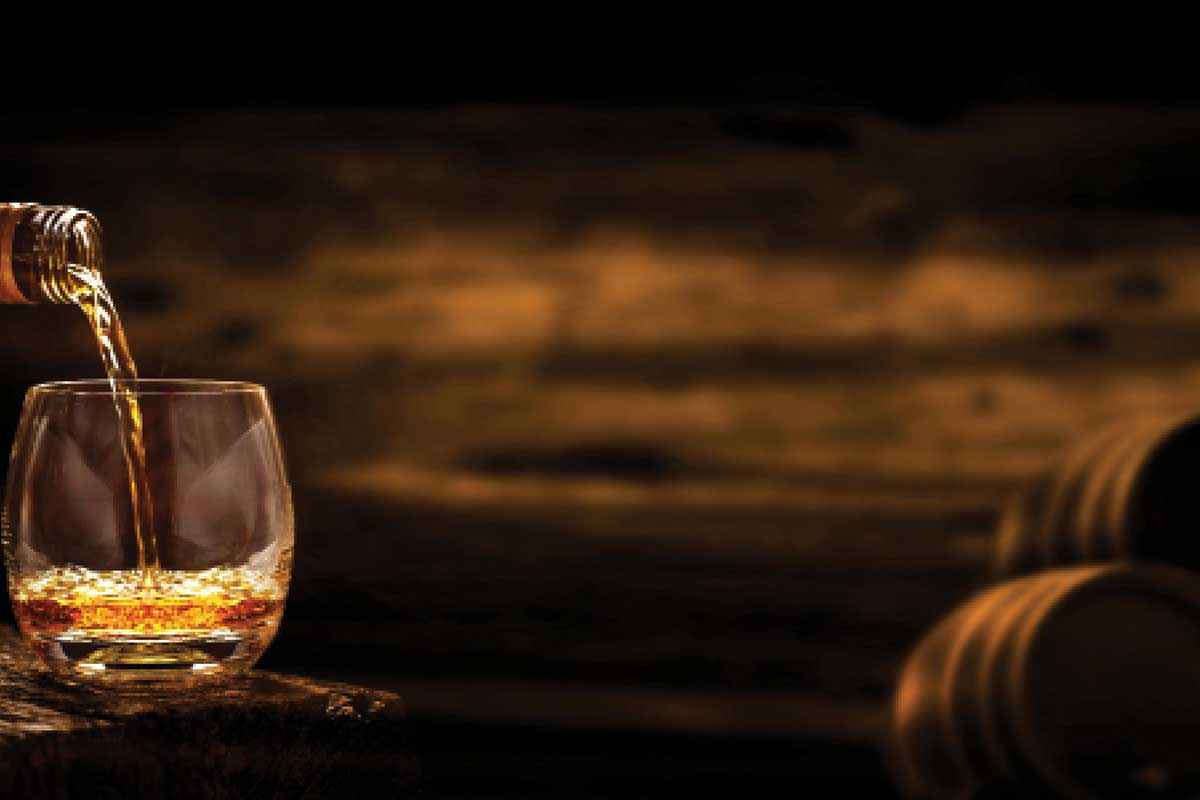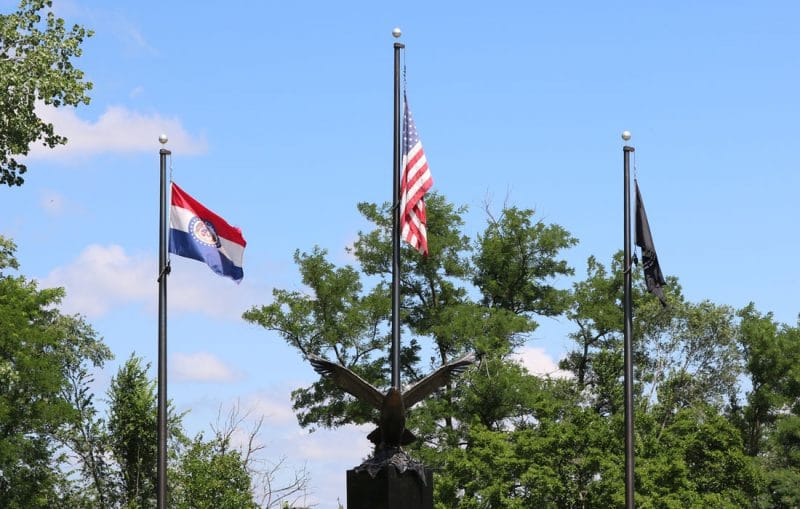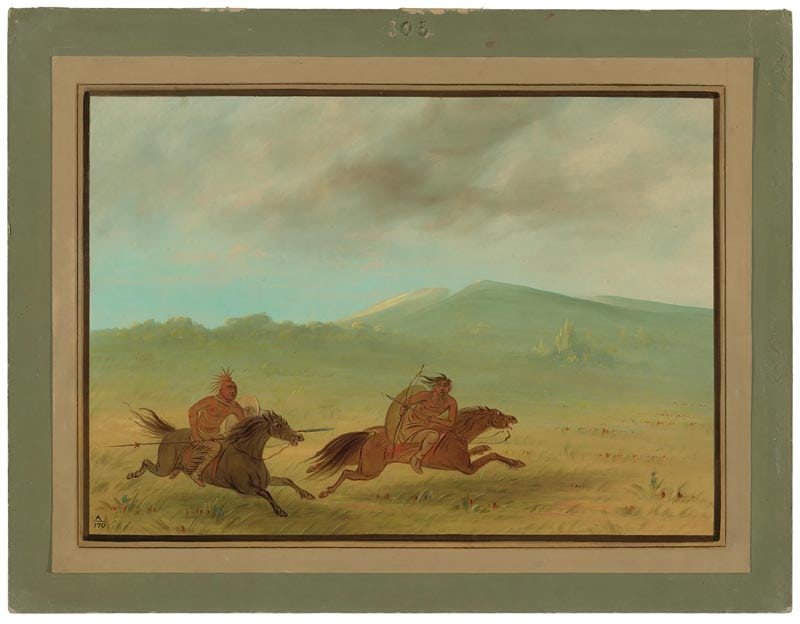On a cold, wet day last October a group gathered on a patch of land near Gravois Mills. Among them were dignitaries from the Osage Nation, including Principal Chief Geoffrey Standing Bear, former University of Missouri chancellor Alexander Cartwright, and some relatives of Doug Allen, who had formerly owned the land they were standing upon. The site is now known as the Land of the Osages Research Center, and the occasion was the grand opening of the new site. Its purpose is to serve as both a demonstration of and a research facility for agroforestry practices, a method combining the cultivation of crops as well as certain fruit or nut bearing trees.
The research center owes its name to the fact that it falls within territory where the Osage Nation once lived, which was a fact that Doug wanted to honor. But the connection goes deeper than that. Dr. Andrea Hunter, director of historic preservation for the Osage Nation, explains that archaeological research undertaken by the Nation in partnership with the University of Missouri has helped illuminate agroforestry practices historically used by the Osage. That ecological knowledge will also be displayed on interpretive kiosks planned for the research center. Although archaeology helps us put human history in context, in this case it’s actually serving as a way to learn and adapt agricultural practices in the here and now.
The Oldest Footwear
Those familiar with archaeological finds in Missouri might be familiar with the sandals found at the Arnold Research Cave—the oldest human footwear ever discovered, dating back eight thousand years and made of various materials, including the perennial forb known as rattlesnake master. The Arnold Research Cave is a dry cave providing constant temperature and humidity levels, which is why the materials the shoes were made from did not decompose over time. In nearby Montgomery County another dry cave yielded more interesting finds. At what is now Graham Cave State Park, archaeologists found a plethora of sharpened blades or points. These included a type of point that is actually named after the cave, the Graham Cave point.
These kinds of artifacts help us better understand the people who inhabited our state during prehistoric times. One such find in Missouri corrected a common belief that humans and mastodons didn’t inhabit North America at the same time. The first undisputed proof that they were contemporaries was found in 1979 at what is now Mastodon State Historic Site near Imperial. A twelve-thousand-year-old Clovis point was found in direct association with mastodon bones. Other types of artifacts found around the state raise more questions than they answer. An artifact known as the jaguar gorget fits this category. Discovered in the state one summer afternoon in 1958, the jaguar gorget is a smooth piece of shell with a jaguar depicted on its face. Of course, jaguars have never inhabited Missouri as part of their natural range, and the shell it’s carved into also originated from the Gulf of Mexico. Further confounding W. Raymond Wood, professor emeritus at the University of Missouri, who was there the day it was discovered, is the fact that this depiction of a jaguar is stylistically unique from the Mesoamerican cultures who were known to create jaguar images.
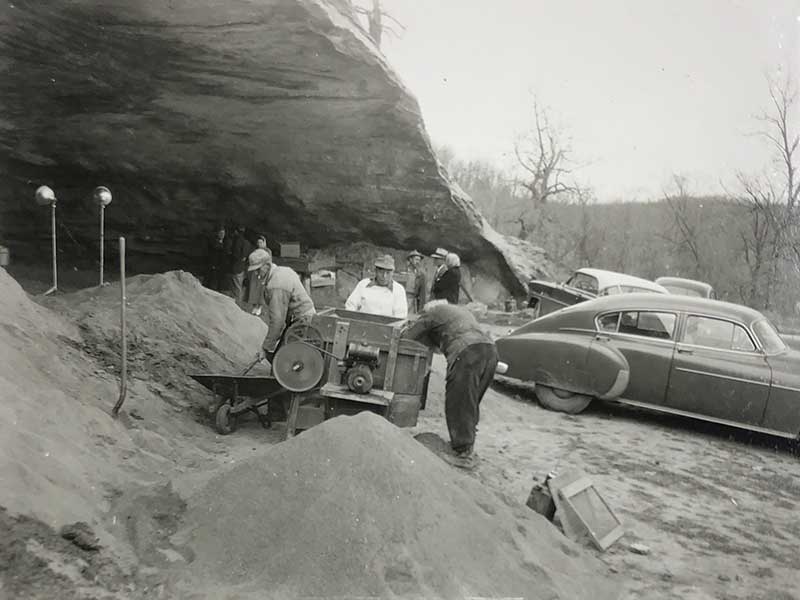
“We think that someone went and saw a jaguar or saw jaguar imagery and then came back and drew it in their own style,” says Dr. Candace Sall, associate curator and Native American Graves Protection and Repatriation Act Coordinator at the University of Missouri Anthropology Museum. Because the material the carving was made on and the imagery itself both come from far away, Candace says this piece helps enhance our understanding of travel and trade in this region. “From here they could get to the east coast in less than fi ve weeks by canoe, so travel and trade was amazing through here.”
Although these kinds of artifacts are perhaps the most intriguing to the general public, understanding human history hardly requires digging up an artifact with aesthetic value.
Tell-tale Trash
“Here’s the reality: I get paid for picking up old trash,” says Dr. Tim Baumann, research associate professor; curator of archaeology at the University of Tennessee Knoxville. “It’s cool old trash, some of it, but it’s people’s old food remains—everyday things. We don’t find treasures or gold coins laying around. We find broken plates, what people throw away or lose.”
Tim’s work as an archaeologist, especially in Missouri, has had a heavy emphasis on black history in the state. He has overseen digs at the Scott Joplin State Historic Site in St. Louis and in Arrow Rock, among others. He explains that the projects that interest him are ones where descendant communities are looking for a professional archaeologist to help them answer questions about their ancestors. “If ninety- plus percent of archaeology is paid for with public tax dollars, how do you justify to the public that you’re taking care of old trash?” says Tim, explaining how he became interested in these kinds of projects. “We’re understanding the past for the present.” Tim says he hopes we can examine societal problems such as segregation and racism through the lens of archaeology.
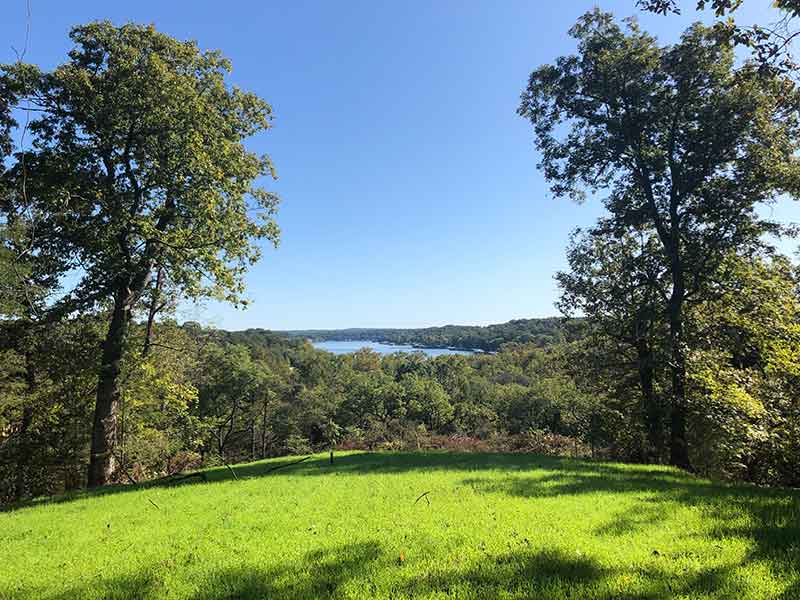
In Arrow Rock, Tim examined materials from a building known as Brown’s Lodge No. 22 that served as a gathering place for the community’s black population with a restaurant on the lower level and the lodge hall upstairs. He was able to discern how their diets differed at the restaurant from at home by examining animal bones. There were higher concentrations of fi sh bones around the restaurant, and more poultry near black-owned homes. He also determined that the people who built the structure were using recycled materials in innovative ways, including repurposing old glass panes for the windows. In the early twentieth century, Arrow Rock’s black and white populations were roughly equal, but the history of its black residents had gone overlooked until more recently. The Arrow Rock project involved bringing in descendants of Arrow Rock’s historical black community to help ask and answer questions about their ancestors. Family records and oral histories were included in this process.
Tim’s work at the Scott Joplin House used the famous figure who once lived there to contextualize the history of the great migration and St. Louis’s role in it. Tim points out that the Scott Joplin House was the first state historic site dedicated to black history, even though Scott Joplin himself only lived there for four years. “It’s the last remaining place still standing in St. Louis associated with him,” Tim says. “But think of the millions of African-Americans who moved up from the deep South to try and find a better life in St. Louis. Scott Joplin was one of those millions.” Tim was able to craft a broader story about St. Louis’s history at the outset of the twentieth century during the Great Migration, examining what life was like for its black residents and using Scott Joplin as a jumping off point.
Tim says that by examining history in this way, he and colleagues were also able to explore the ways that St. Louis’s history connects to the lives of its modern residents. “Talking about the racism, the segregation, poverty, disease, and health—go down the list and then connect those dots all the way up to Ferguson. How did we get to that point?” In this way, visitors to the Scott Joplin House can better understand how history impacts their lives today.
The remains that have been left behind by people of every background can help us to understand and tell stories that have gone overlooked. As Tim points out, slavery and laws making it illegal to teach black Americans to read and write have limited the scope of the written record when it comes to African-American history. “Most of their stories may only be accessible through archaeology,” Tim says. “Those things left behind may be the only thing left to tell those people’s lives, because they really weren’t allowed to tell their own story.”
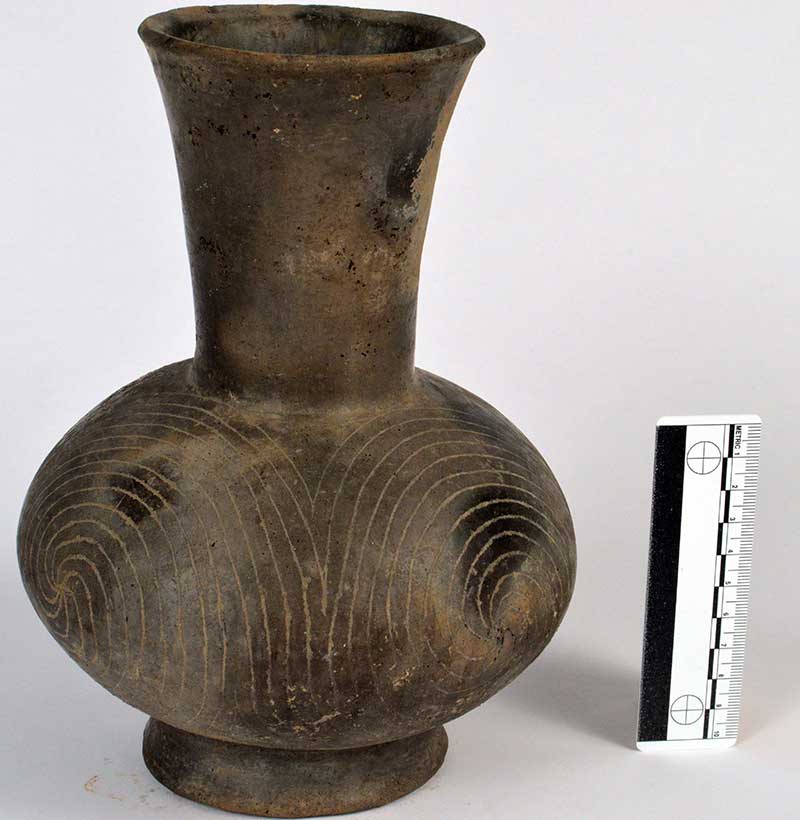
Community and Environment
Dr. Justin Dunnavant, president of the Society of Black Archaeologists and postdoctoral fellow at Vanderbilt University, has also seen the ways in which the history of some communities gets favored over others. He also stresses the importance of working with communities who are stakeholders in a given archaeological endeavor, rather than bringing them in later in the process. “We’re trying to standardize this practice that when you do archaeology in a site related to the African diaspora, that community is a central focus in that,” Justin says. “Traditionally in archaeology, communities are seen as people that you outreach to after the work is done, if they’re engaged at all.”
Justin’s work has significant ramifications in the present. He studies the relationship between the environment and the slave trade, for example, the way historical practices like deforestation to make way for plantations created environmental problems that are still being grappled with today. “Part of the push is to make it so that when we talk about reparations and when we talk about the impacts of slavery, we’re inclusive of the environmental aspects of that,” Justin says. His research in the Caribbean has also shown the way that rum manufacturing, which originally used slave labor, has led to coral destruction and algae blooms due to metal materials contaminating the water.
Adopting historical practices that archaeology has helped us better understand is part of the work being undertaken at Land of the Osages. As part of the partnership between the University of Missouri and the Osage Nation, a farm is being established on the Osage Reservation in Oklahoma, which will serve as a resource for members of the Osage Nation going forward. Dr. Andrea Hunter explains that the analysis of plant material in particular from archaeological surveys on Osage sites is being used to help select the foods and medicinal plants being grown on the farm. According to Andrea, the Osage Nation’s team of archaeologists will also conduct surveys at the Land of the Osages Research Center, which will help shed more light on the site’s history.
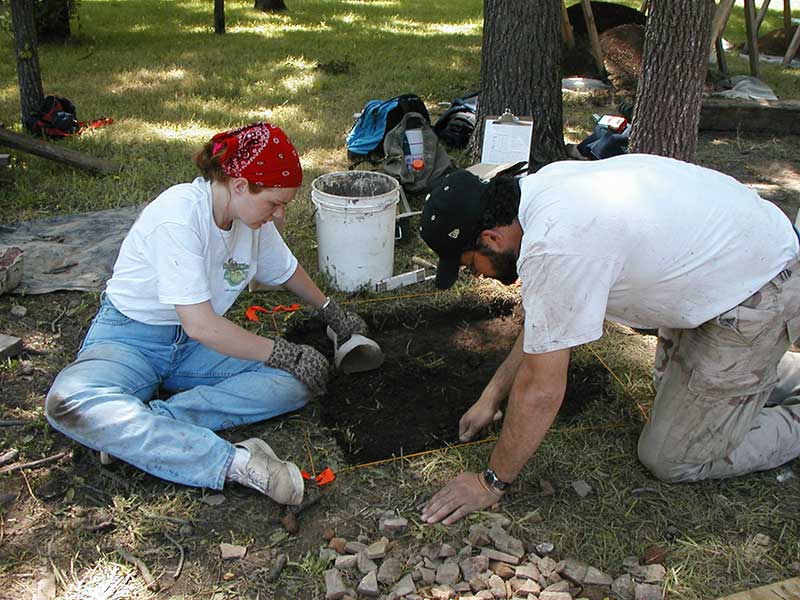
The Next Big Dig
In a time when there is renewed emphasis on reconsidering history and when environmental concerns are as pervasive as they ever have been, archaeological work may hold the key to new developments and better understanding on both fronts.
Thanks to federal and state preservation mandates, public development projects such as highways and reservoirs often require archaeological surveys before work can get underway. For this reason, the Missouri Department of Transportation actually has archaeologists on staff. This kind of archaeological work is known as compliance archaeology.
There are a number of institutions that conduct archeological excavations from a more academic approach. Archaeologists from anywhere with a specific interest or area of research may develop a project within the state of Missouri, and institutions like the University of Missouri and Missouri State University also commonly lead the way on new projects. In addition, Missouri has its own archaeological society, and the Osage Nation also conducts excavations here. Excavations can be very expensive, and as Tim explains, it’s often a matter of finding the funding for a dig.
Occasionally an excavation may be open to public participation. Before the COVID-19 pandemic, ongoing excavations at Van Meter State Park and on land belonging to Mark Twain’s uncle near Florida, Missouri, were regularly open for public participation. These digs give amateurs a chance to learn skills from professional archaeologists, and the professionals conducting the excavations get some much-needed labor.
Missouri’s landowners also play a vital role in the archaeological process. One outstanding example from history is Thomas Beckwith, a Bootheel farmer in the 1800s who was fascinated with the Mississipian Mound Builders culture. His excavations into many mounds would be considered amateurish today, and he regrettably lost much information in his ambitious pursuit of relics. But contrasted with his contemporaries, who sold Mississippian pots to collectors, Beckwith dug carefully, kept good records, and ultimately donated thousands of artifacts to Southeast Missouri State University. Part of his farm with a ceremonial mound near East Prairie ultimately became Towosahgy State Historic Site.
The vital role of landowners has continued, and fortunately today, most would seek expert help. “A lot of times it’s just answering the phone,” Tim says. “The best projects I’ve ever worked on have come from cold calls.”
“We could not do what we do without our landowners,” says Candace Sall at the Anthropology Museum, citing Graham Cave State Park as an example where landowners called researchers out to private property for excavation, and those researchers found and described the previously unknown point type: Graham Cave side-notched.”
Any patch of ground within Missouri’s borders could contain the next important archaeological find, so next time you’re out walking, turn your attention to the ground from time to time—you may stumble upon something that changes history.
The University of Missouri Anthropology Museum staff can answer questions from people who find artifacts and want more information about them. Visit AnthroMuseum.missouri.edu.
Photos // UNIVERSITY OF MISSOURI MUSEUM OF ANTHROPOLOGY, COLLEGE OF AGRICULTURE, FOOD, AND NATURAL RESOURCES, ROBERT BRAY, FRIENDS OF ARROW ROCK
Related Posts
The History of Missouri’s Flag
After entering the Union in 1821, Missouri went nearly an entire century without a state flag. The Missouri state flag was finally designed by Ray County native Marie Watkins Oliver.
10 Books on Missouri’s Native American History
Looking for more reading on the Osage and Missouria tribes? Parts 2 and 3 of our special series are forthcoming in September and October, but in the mean time we highly recommend this selection of books that cover the subject.

